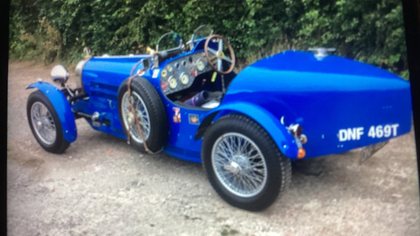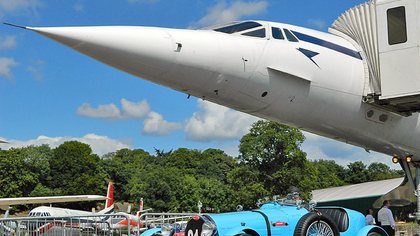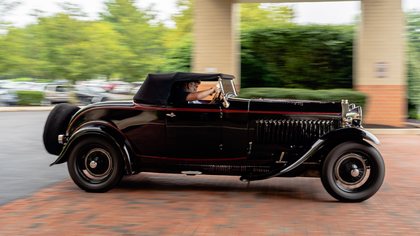Lot 145 1926 Bugatti Type 35 Grand Prix Two-Seater For Sale by Auction

Lot 145 1926 Bugatti Type 35 Grand Prix Two-Seater For Sale by Auction
- Right Hand Drive
- 1926
- Blue
- Dealer
- Belgium

This advert has now been removed through sale or otherwise. Please see the list below for similar live adverts.
Similar Bugatti Type 35s

Vintage & Prestige Fine

1929 BUGATTI TYPE 46 CABRIOLET
767 miles
RHD
£950,000
Asking price
Check out our new listings and upcoming auctions by subscribing to our newsletter
By signing up you accept our privacy policy and conditions of purchase











